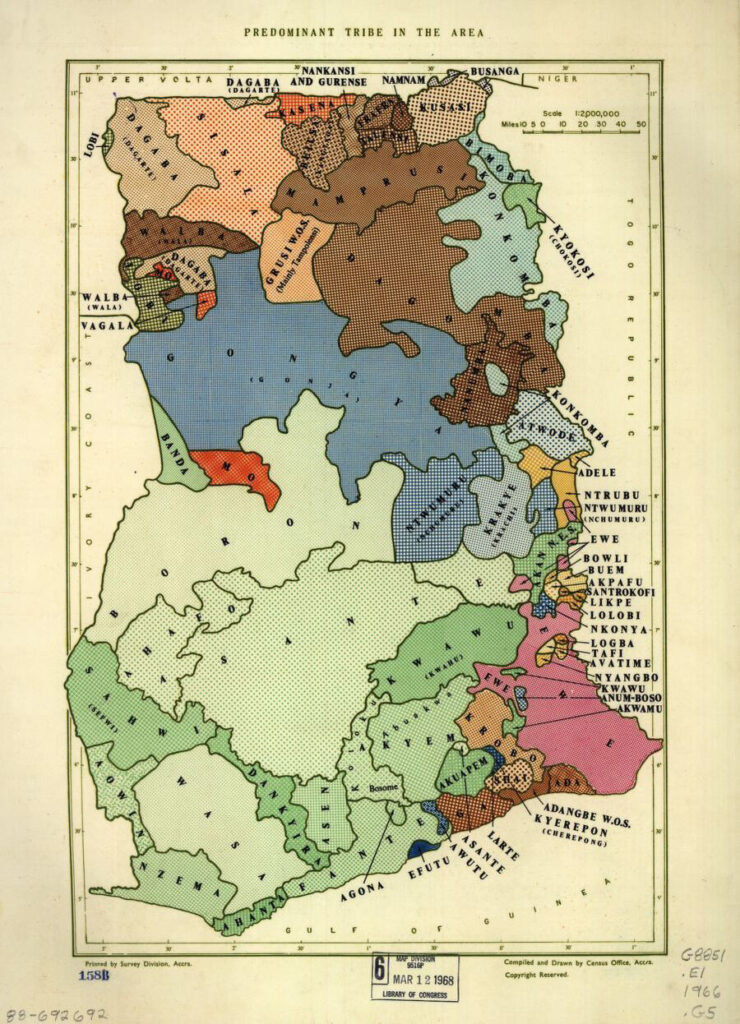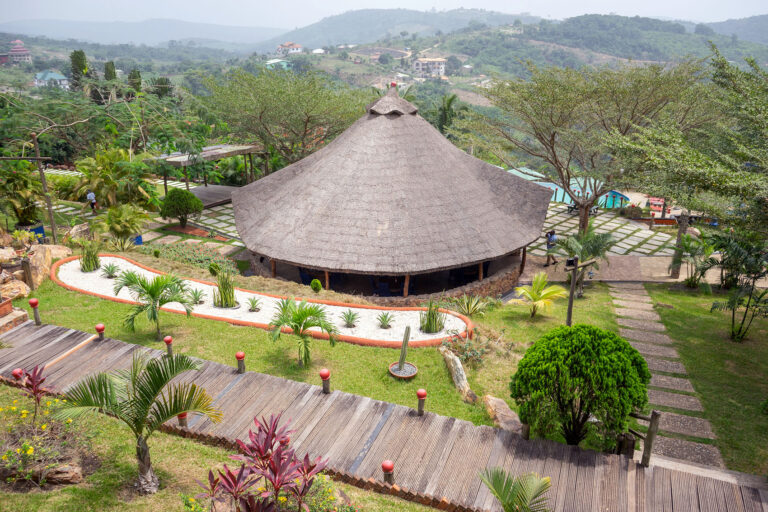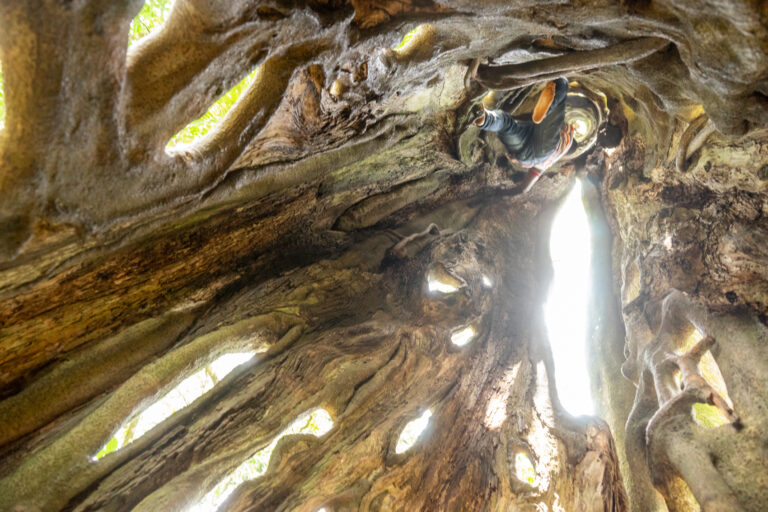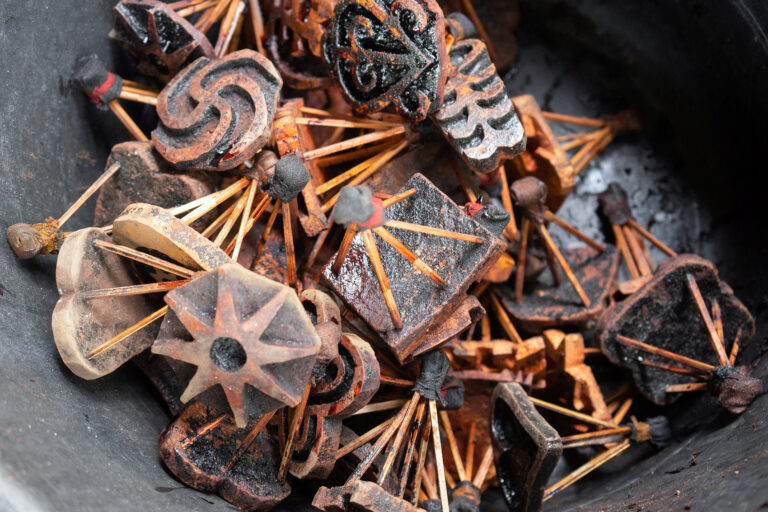The Ethnicities of Ghana
It wasn’t until we started exploring outside of the big cities, Accra and Kumasi, that we understood the extent of Ghana’s multiethnicity. Over 70 ethnic groups make up the cultural fabric of the country, each with their own language and customs. Get your notepads out, there will be a quiz on this later.

Despite the wide variety of people present in Ghana, it would be wrong to consider the country a great mixing pot. With the possible exception of Accra, where everyone comes to study and work, ethnic groups generally stick to their traditional homelands. In Kumasi, you’re definitely in Ashanti-land, and can reasonably assume that the person you’re talking to is Akan. In Paga, good luck meeting anyone who isn’t Kassena.
Akans are the largest ethnic group in Ghana, making up 47.5% of the country’s total population. But referring collectively to an “Akan” people obscures the fact that this is a general grouping linking many specific sub-ethnicities. There are the Twi-speaking Ashanti (or Asante) of Kumasi, and then there are the Fante of Cape Coast. Twi speakers might be able to understand the Fante dialect, but I wouldn’t make the mistake of suggesting they’re the same tribe.
The next major ethnic group in Ghana are the Mole-Dagbon people of the north, who comprise 16.6% of the country’s population, and are centered around Tamale. The Dagbon Kingdom no longer operates as an independent force in the Sahelian region, but the people have maintained their language and traditions, with their own chief, or Yaa Naa, who’s based in Yendi.
The third largest group in Ghana are the Ewe of the eastern Volta region. Though the bulk of the 7-million strong ethnicity lives in Ghana, a huge number of Ewe also reside in neighboring Togo. Their history is one of struggle against both the Akans and the colonial European powers. Fiercely independent by nature, the various Ewe tribes never coalesced into a powerful kingdom, as did the Ashanti. Today, they’re known for their complex drumming and dancing… sadly, this is a group we wouldn’t get a chance to meet.
It’s far beyond the scope of our blog to list out all the ethnicities of Ghana… and actually too big a task to even list those we met while traveling across the country. In every town, we’d learn the name of the people we were visiting, along with how to say “good morning”, and then promptly forget both upon leaving. Because we’d be in a new town, with a new ethnic group teaching us a new way to say “good morning”!
One other group we’ll mention, though, are the Ga people, whose 2 million people are based around the costal region from Accra to Togo. We met plenty of them while touring Jamestown, at both the Gbekebii School and the Black Panter boxing gym. Perhaps because their ancestral homeland happens to be in Accra, they’ve had an outsized influence on Ghanaian culture, but they’ve also borne the brunt of the country’s rapid development, as their historic fishing communities are squeezed out.
More than anything else, we’re amazed by how peacefully the very different people of Ghana manage to live together. They communicate with each other in English, which serves a useful purpose as a common language that doesn’t prejudice one group over another, and appear to be as proud of their country, as they are of their tribe. We believe that one of Ghana’s greatest strengths is this diversity… and it’s been heartening to discover that the people here believe the same thing.



